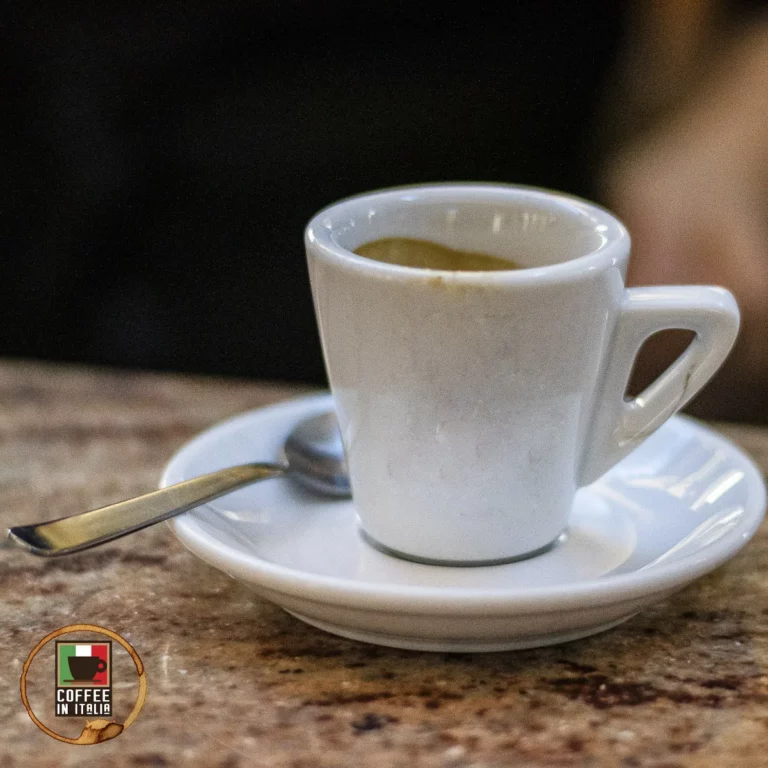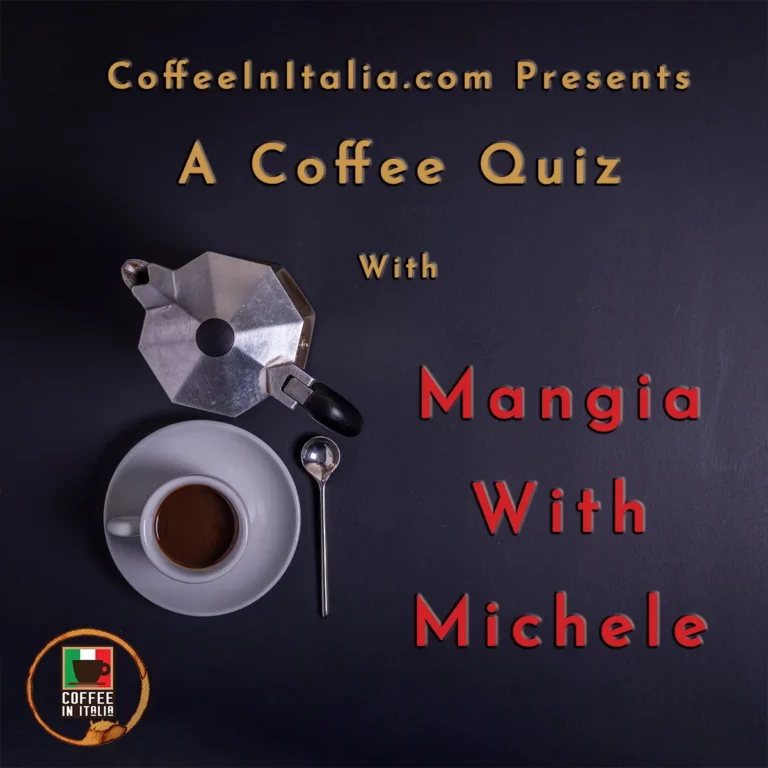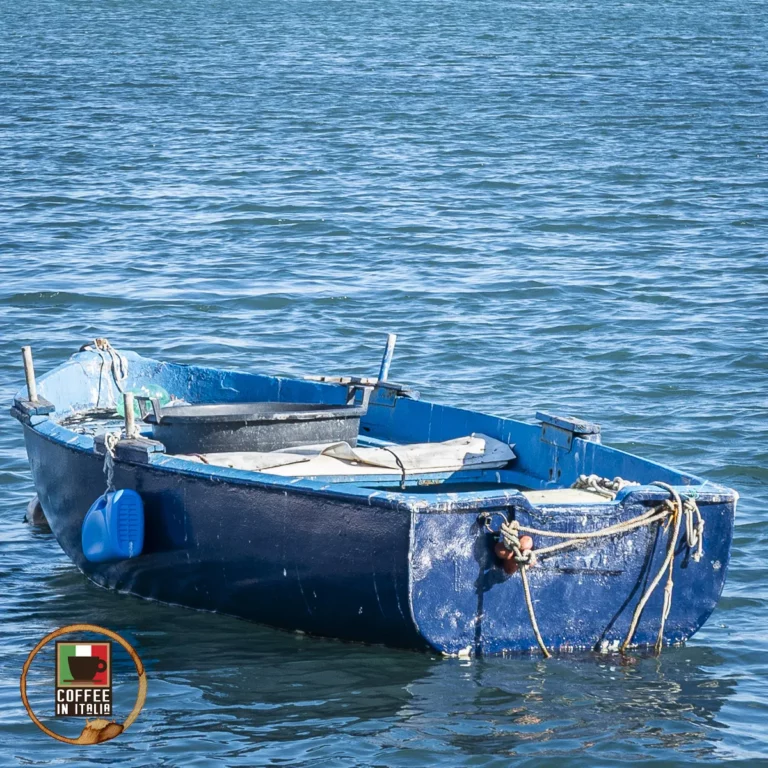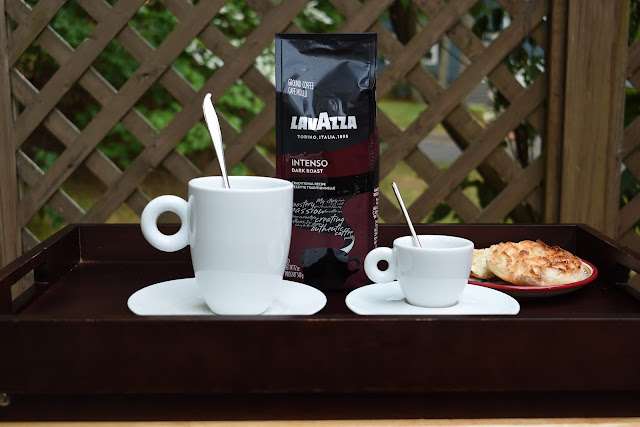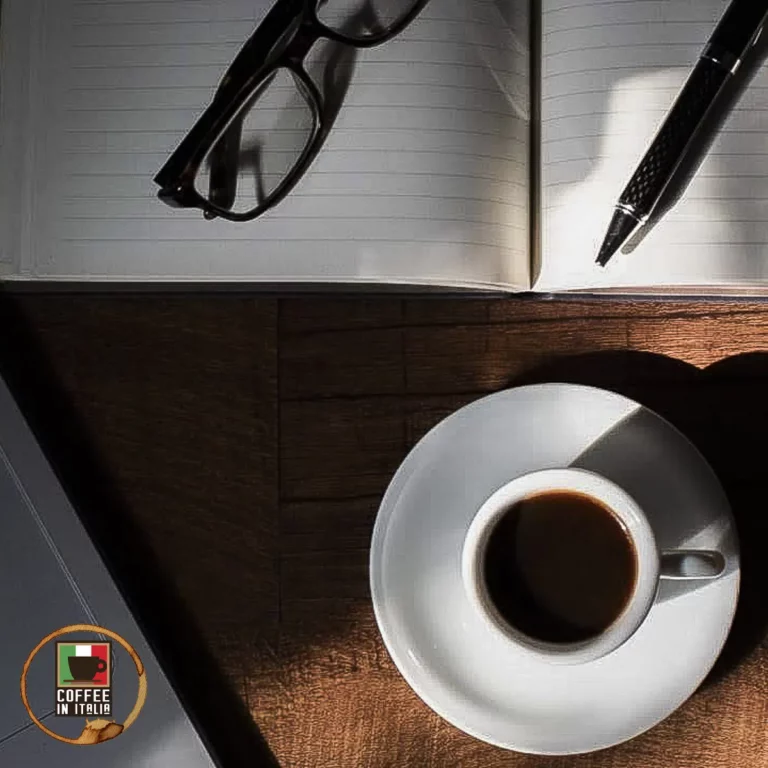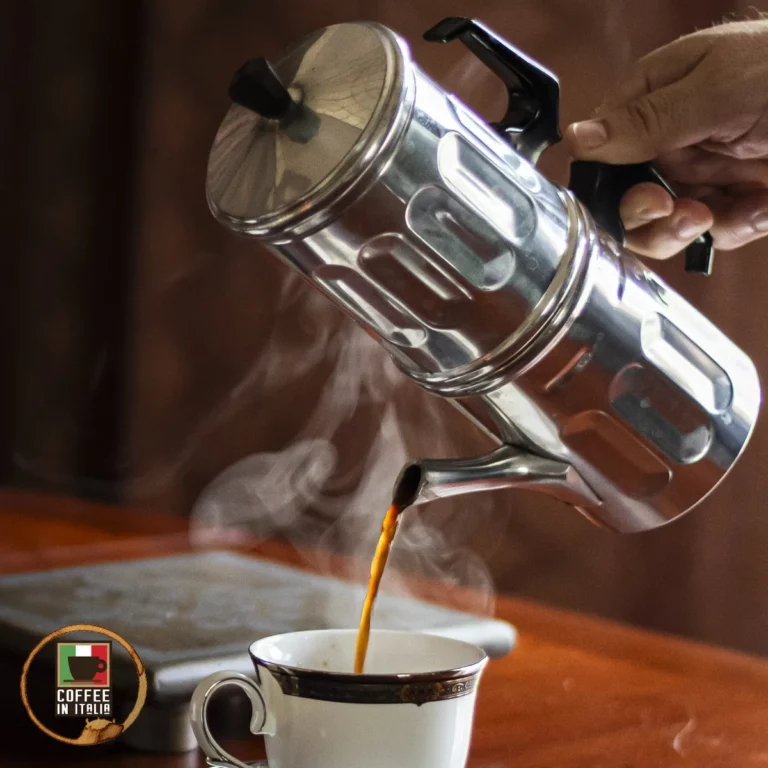My Kimbo Coffee Review Celebrates The Best Coffee In Italy
This Kimbo coffee review is a great way to showcase my favorite coffee not just from Naples but from anywhere in Italy and you will need to give it a try.
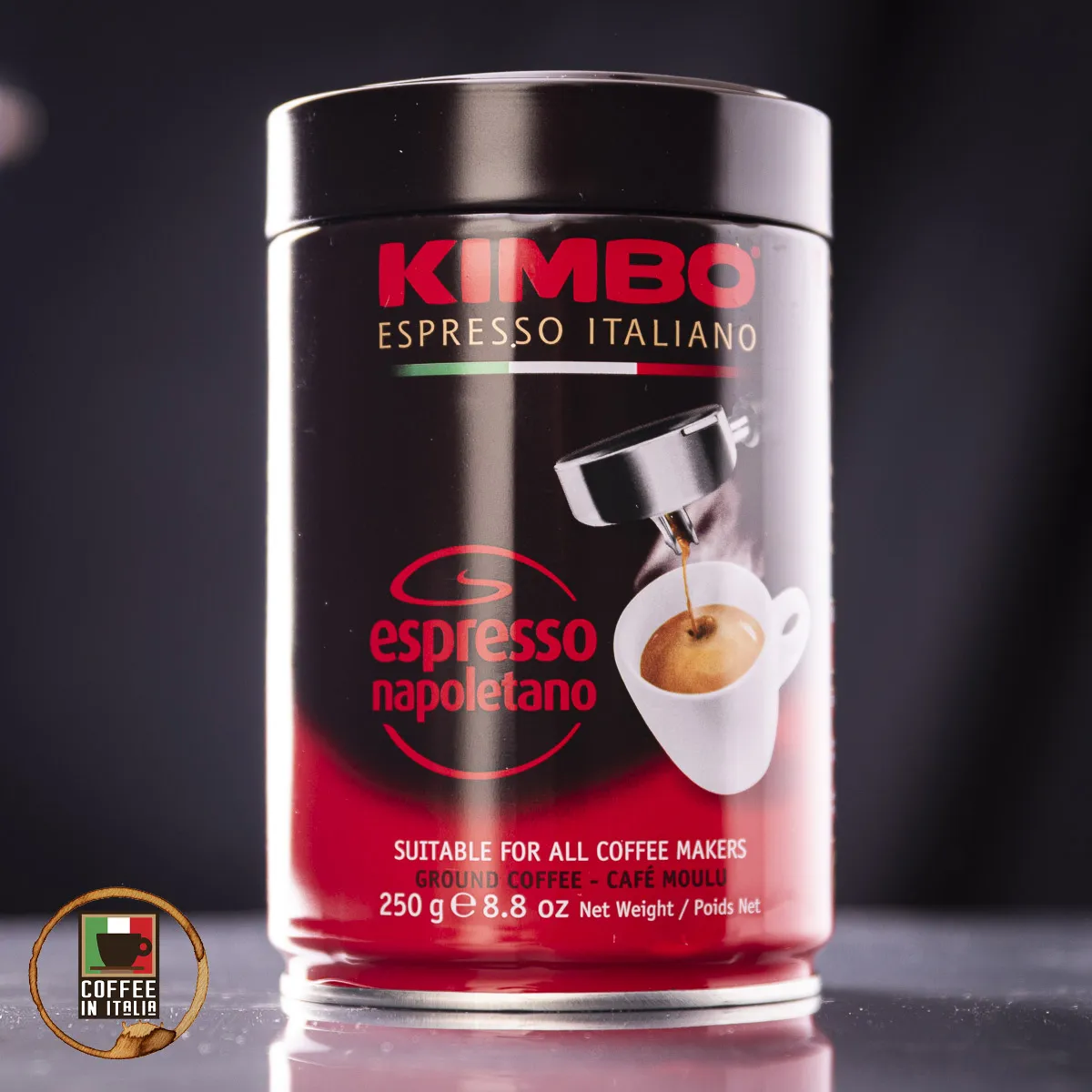
Does Naples Have Good Coffee?
This is purely subjective, but I believe Naples offers some of the best coffee available in Italy. These aren’t the most famous, but if you like a stronger, more bitter (but not burned) coffee, then Neapolitan coffee is for you. I prefer a bitter, flavorful coffee. I enjoy it without sugar or milk and the bold flavors of Neapolitan coffee are a perfect match for my tastes.
Is Kimbo Made In Italy?
Yes, Kimbo is roasted in Italy, and more specifically in Naples. In the 1960s, the Rubino brothers took advantage of the opportunity offered by new packaging techniques, and with this game changing new vacuum can, you can bring the real coffee of the Neapolitan tradition anywhere in the world. With this objective, Cafè do Brasil S.p.A., today known as Kimbo S.p.A., was founded in 1963 and soon became one of the most important European coffee roasters. Their coffee became famous throughout Italy and then in the world.
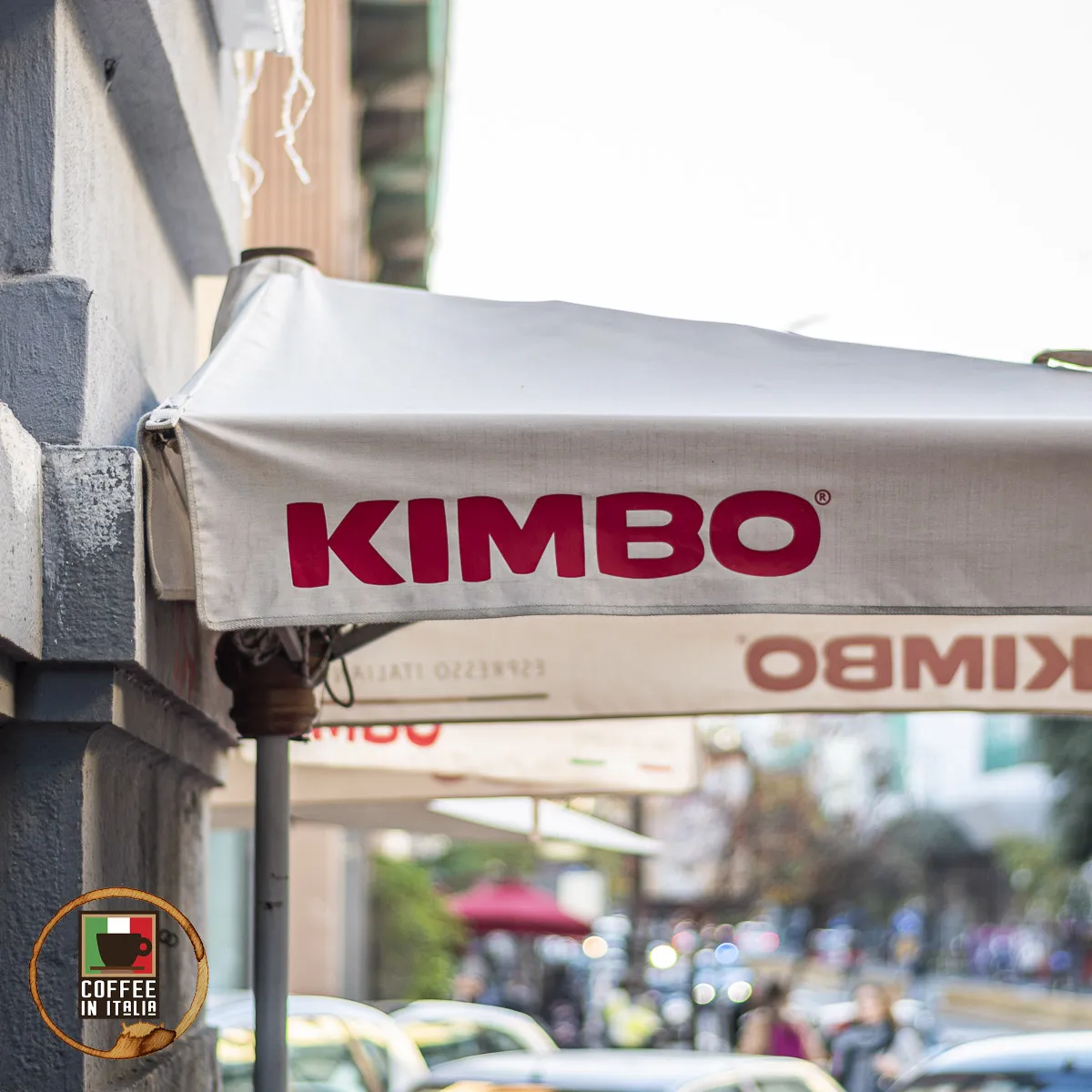
Is Kimbo Arabica Or Robusta?
The amounts vary between each type of coffee, even from the same roaster, so my focus is on the Kimbo Espresso Napoletano. This contains a blend of Arabica and Robusta varieties, for a strong, rich, authentically Neapolitan espresso. This is common among the southern Italian roasters. Up north, you find more coffee that only uses Arabica beans. Espresso Napoletano is a blend with an intense aroma, with spicy notes of cinnamon and pepper, enriched with light hints of dried fruit.
How Much Caffeine Is In Kimbo Espresso?
Despite the intense flavor of Kimbo’s Espresso Napoletano Coffee, which is listed as a 12 out of 13 on its own intensity scale, it offers the standard 200 mg of caffeine per serving. That said, there is variation depending on how it is brewed. For example, a commercial espresso machine will reward you with a standard strength coffee, but using a moka at home will have a little less caffeine. This is true for any brand of coffee, not just Kimbo.
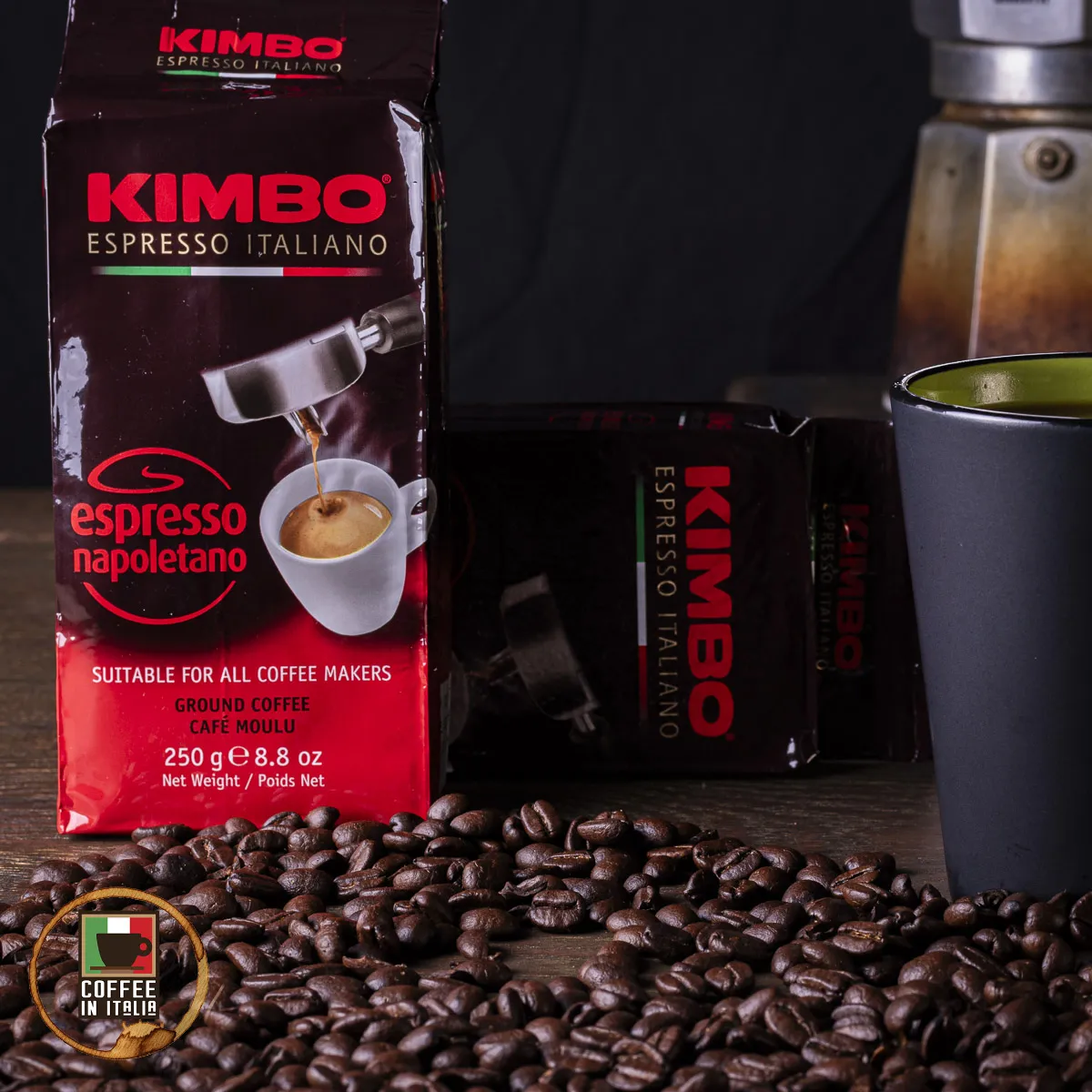
How Can I Learn More About Kimbo Coffee?
If you really want to learn more about Italian coffee in general, or Kimbo coffee specifically, you might want to head to Coffee School. There, you will learn the fine art of Neapolitan coffee, which is famous throughout the world. Kimbo, since 1963, has represented excellence in this sector. The school is filled with Neapolitan history, made up of expertise in the selection of raw materials and in the creation of high quality blends, which finds its maximum expression in the Neapolitan talent of roasting, a crucial phase of coffee processing that releases the most authentic essence of each bean. The story of this 60-year multi-sensory journey takes shape in the Training Center, a real coffee school where Kimbo promotes training courses for baristas, restaurant workers, distributors, new hires, journalists and enthusiasts.
What Types Of Classes Are Available At Coffee School?
Kimbo offers classes for all types of coffee lovers, from enthusiasts to professionals. You can try:
- A “Coffee Lover” course that lasts 5 hours and costs €100.
- A base course for baristas that lasts 4 hours and costs €200
- A “Barista Skills” Foundation class that lasts 8 hours, costs €300 and includes an SCA Certification.
- A Coffee Master class that costs €450 and contains 24 hours of training.
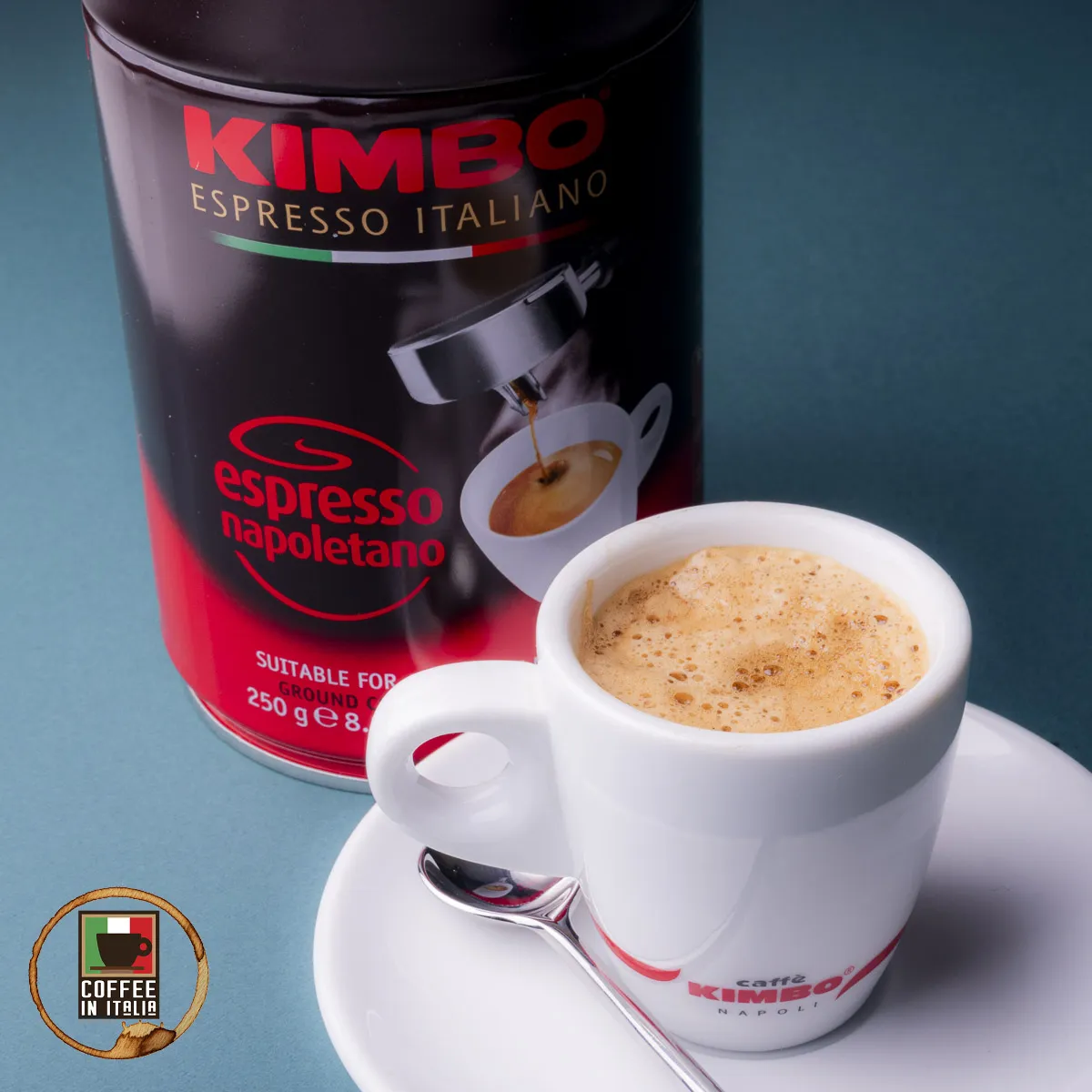
What Does Napoli Coffee Taste Like?
According to one of my favorite coffee bars in Naples, there are 5 main differences between Neapolitan coffee and the rest of Italy. The entire article is here, but the TLDR version is summarized as:
- Blend – Neapolitan coffee has a stronger taste and it is roasted at a higher temperature. It uses a mix of Arabica and Robusta coffee beans that offer a balance of higher caffeine and the bitter, chocolatey flavors.
- Water – OK, everyone says their water is different and Gambrinus is no exception. You’ll have to judge for yourself if the water is important, but I will say I’ve enjoyed Neapolitan coffee in Naples, Rome and in the US.
- Mode Of Service – The coffee is served boiling and in hot porcelain cups, but you must first drink a sip of water to cleanse the palate.
- Bartender – OK, again, this might be self-serving for Gambrinus because I’ve made delightful coffee at home, and I’m a grump before my first cup.
- Consumption – Naples leads Italy in coffee consumption per capita and for the number of bars per square kilometer. Also, a true Neapolitan drinks coffee for breakfast, morning snack, lunch, after lunch, afternoon snack and even after dinner. They believe a true Neapolitan consumes at least 5 cups per day.
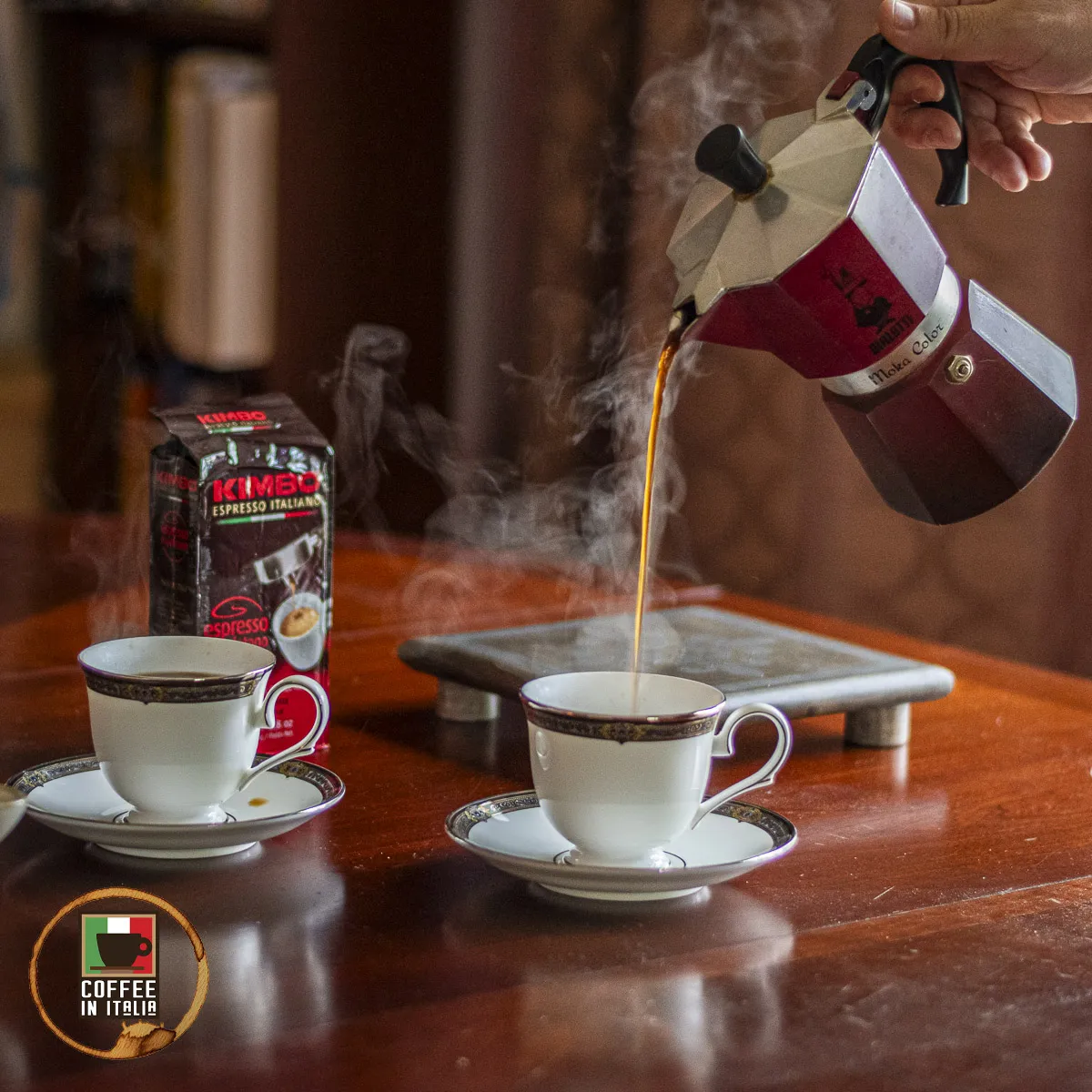
More Italian Coffee Experiences
If you enjoyed this Kimbo Coffee Review and are interested in learning more about various Italian coffees and the culture that embraces it, you should check out some of our other posts:
- Are Sant’Eustachio Coffee Beans Worth A Taste In Rome?
- illy India Coffee Will Start Your Morning With Flavor.
- Our Caffè San Giusto Review Will Have You Flying To Trieste.
- A Caffè Motta Review – Another Coffee Favorite From Naples.
- Battista Coffee In Puglia Roast Coffee You Need To Try.
- Review: Passalacqua Mehari Coffee Is A Neapolitan Favorite.
- Review: Caffè Kosè By Kimbo Is A Delicious Surprise.
- Danesi Gold Review Of Another Roman Delight To Wake Up To.
- My Danesi Coffee Review Highlights The Best Coffee In Rome.
- Let My Pellini Coffee Review Be Your Guide To Flavor.

